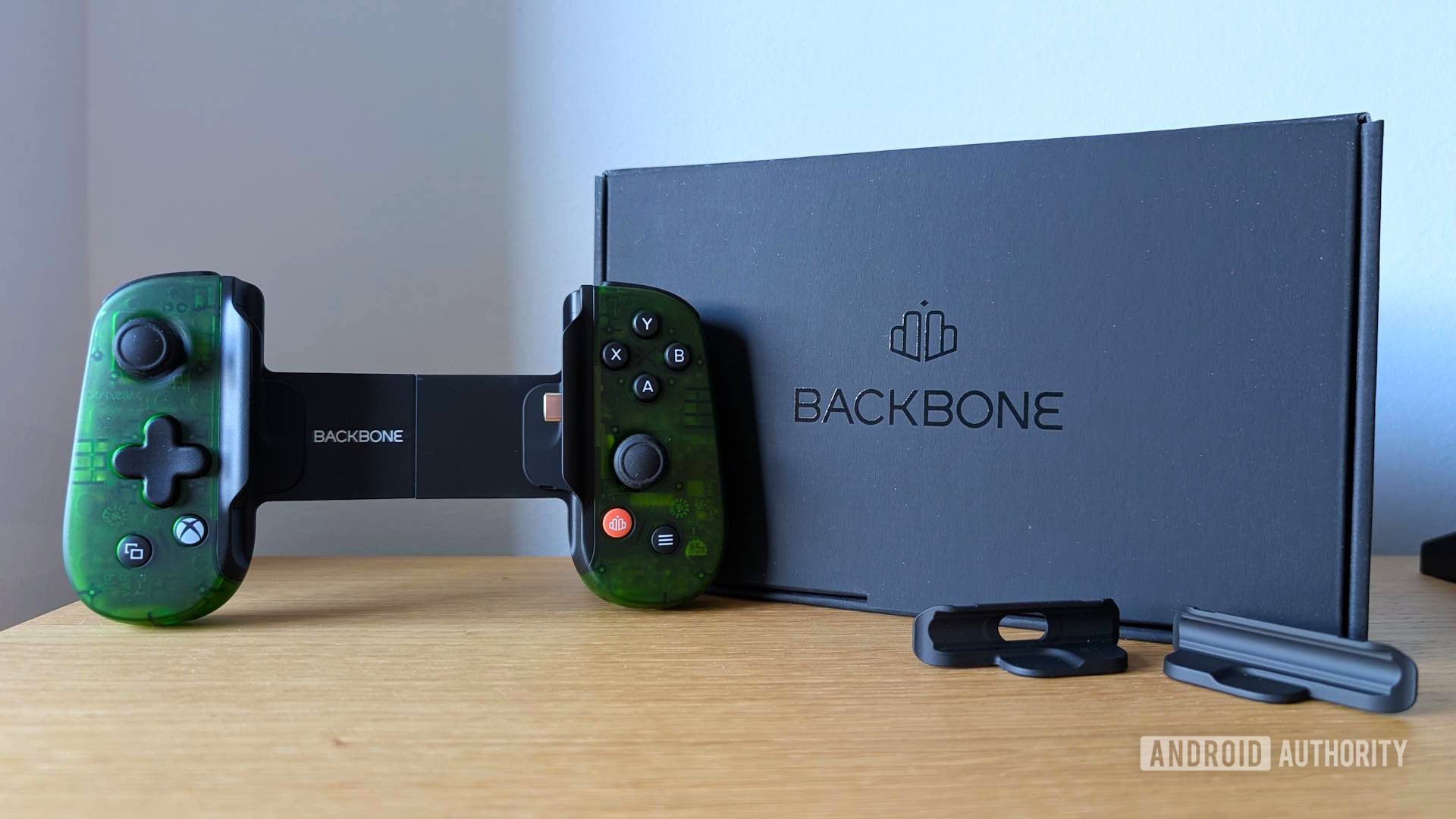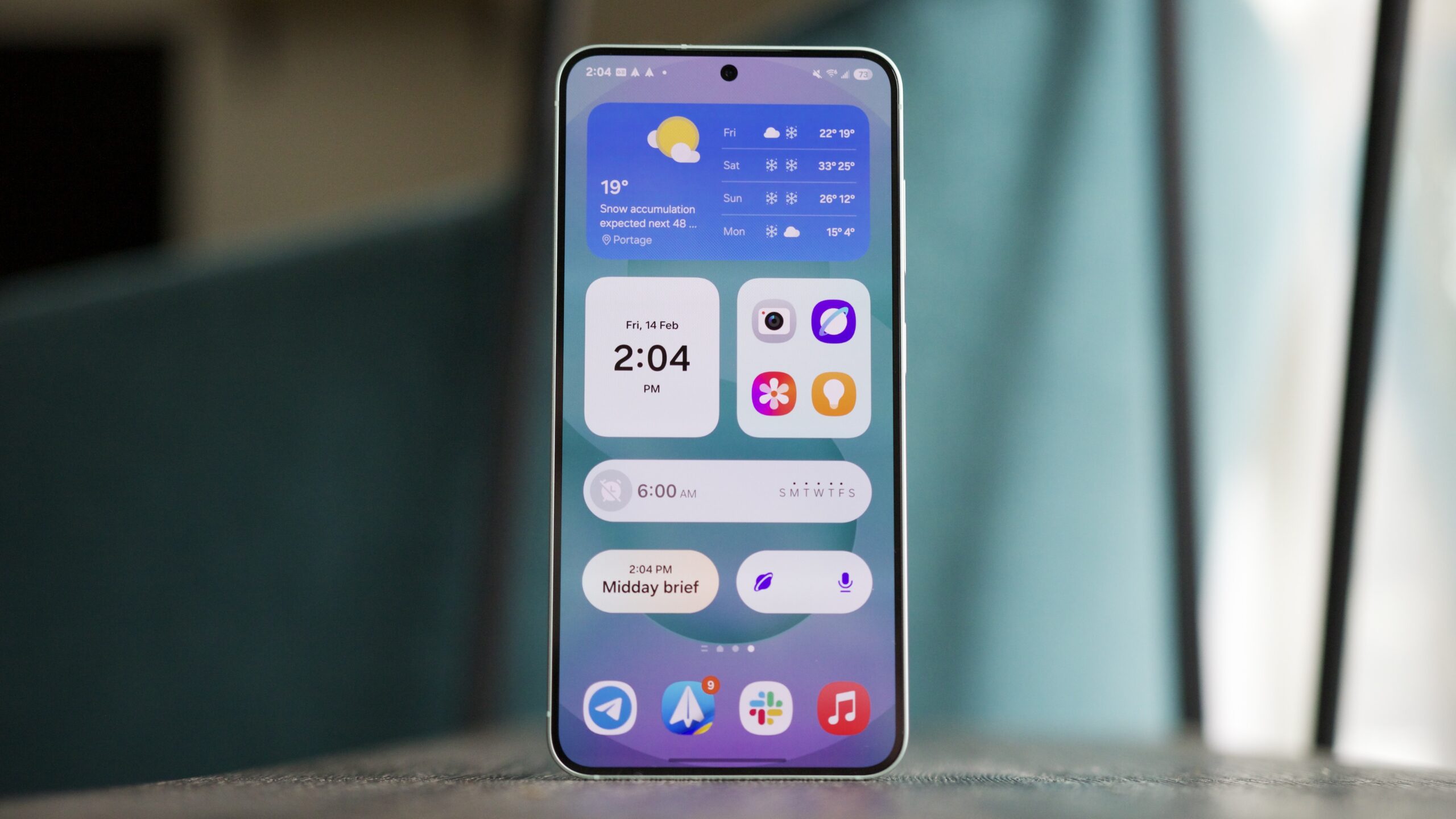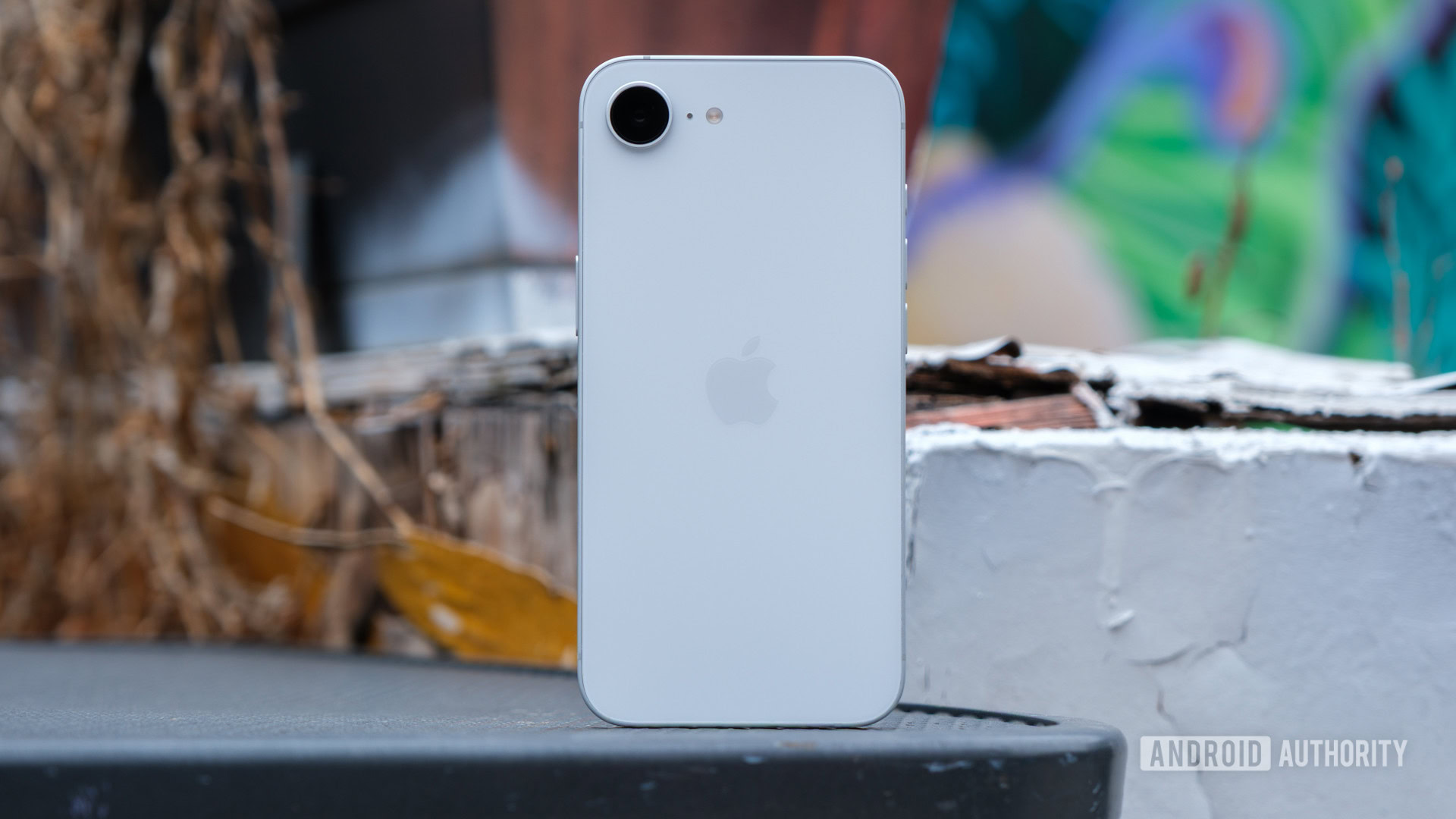Austrian slurry stereolithography (SLA) original equipment manufacturer (OEM) Incus has sold a Hammer Evo35 3D printer to Plansee.Also Austrian, Plansee specializes in MIM, powder metallurgy, and other manufacturing processes involving refractory metals.The firm focuses on tungsten, tantalum, molybdenum, and tungsten metal matrix composites.
Clearly, the 100-year-old company is not engaged in the ordinary; it manufactures in ISO 6 clean rooms for industries such as healthcare, defense, and electronics.Plansee can take projects from concept to production, offering in-house CFD and FEA, as well as PVD coating, annealing, and more.Plansee reportedly utilizes electron beam powder bed fusion (PBF), laser PBF, bound filament extrusion, bound granulate extrusion, and now slurry SLA.
With offices in 34 countries and 10 factories worldwide, Plansee is a specialized firm with deep expertise in manufacturing.The company sells powders and produces finished products, giving it extensive vertical integration and process knowledge from raw material to sputtering target.Currently, Plansee manufactures over 75,000 products.
The Hammer Evo35 will therefore be put to good use in cutting-edge research.Given Plansee’s tungsten focus, the success of 3D printing in collimators and X-ray imaging more broadly has surely not gone unnoticed.Likewise, the use of 3D-printed tungsten elements in F1 cars for weight balancing has likely caught their attention.
Current interest in molybdenum for nuclear applications and refractory metals for defense has also probably been considered.Since many refractory metals are difficult to manufacture, it makes sense for the firm to explore a wide range of additive manufacturing technologies.The Hammer is designed to be an easy-to-operate system capable of processing a wide range of materials and adaptable for new ones.
With a 56 × 89.6 × 150 mm build volume, it can produce layers ranging from 10 to 100 µm.The machine has been specifically developed for universities and R&D labs.“After intensive material development efforts, we have proven the capabilities of the technology for refractory metal printing.
It is a great pleasure to provide our technology to such a prestigious organisation as Plansee SE,” said Incus CEO Dr.Gerald Mitteramskogler.“With this technology, Plansee SE is expanding its capabilities for producing high-resolution parts and components out of refractory metals and their alloys using 3D printing.
This underlines the excellent and trusting cooperation between the two companies,” said Dr.Dirk Handtrack, a Project Manager at Plansee SE.I’m genuinely impressed with Plansee, and given their focus, this development should be a significant advantage for Incus.
Refractory metals are in high demand right now.These challenging yet resilient materials are being intensely studied because few, if any, alternatives can match their performance under extreme temperatures and conditions.The synergy between refractories and 3D printing creates compelling business opportunities.
If these processes can scale, the potential for mass production could reach millions of parts.Even if full scalability isn’t achieved, there will still be niches where additive manufacturing makes more sense than any other approach.Slurry SLA excels at producing small, precise parts with exceptional surface finishes, making it particularly well-suited for medical devices and high-end electronics.
Another key advantage of slurry SLA is that the uncured material is washed out before the part is hardened in subsequent steps.This allows for the creation of highly complex channels without requiring abrasive flow machining, tapping, or additional processes.Moreover, these channels can be made significantly smoother and more intricate than those produced by other methods.
When combined with high-performance metals, this opens up exciting application possibilities.In heat and fluid management, slurry SLA and refractory metals can deliver unmatched performance.The process also has potential in small motion control components, missile defense, rocketry, and industrial applications.
As electronics continue to miniaturize, satellites become more compact, and satellite networks grow in capability, slurry SLA could prove exceptionally lucrative for space thrusters and motion control systems.Overall, this is a significant development, and more attention should be given to refractory metals produced through technologies beyond LPBF.Subscribe to Our Email Newsletter Stay up-to-date on all the latest news from the 3D printing industry and receive information and offers from third party vendors.
Print Services
Upload your 3D Models and get them printed quickly and efficiently.Powered by FacFox
Powered by 3D Systems
Powered by Craftcloud
Powered by Endeavor 3D
3DPrinting Business Directory
3DPrinting Business Directory







